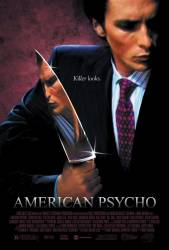
Factual error: When Bateman is in his apartment with his secretary, he points a large tool at the back of her head, unbeknownst to her. That is an air powered nailgun for installing plywood. The only way that one could be used is with an airhose and a compressor. The fitting for the airhose that sticks out of the bottom has been removed because it usually would point straight down and stick out about 2 inches. (01:02:45)
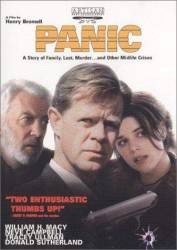
Factual error: Alex's 6-year-old kid must be a very powerful little boy: when he grabs that model aeroplane glue tube it bursts in the air like water.

Factual error: When they are on the pistol range, the recruits are shooting with a "modern" two handed grip. In 1971, the US Army still taught recruits to shoot one-handed.
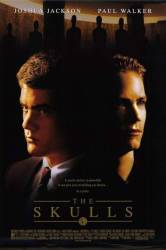
Factual error: Placing a watch over a fresh brand would hurt a lot and they would be adjusting their watches continuously because of the gross scabbing.
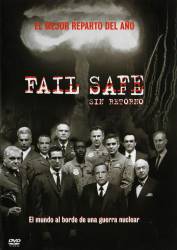
Factual error: There is a scene where interceptors, flying out of an Alaskan air base, are ordered to go to afterburners in a desperate attempt to catch the lone bomber. When the commander of the flight signals his wing to light their afterburners, they cut to a shot of a jet firing missiles.

Factual error: After a new camera man is hired, Wagner, the camera man starts showing off to his fellow crew members that he invented "slow motion". In the next scene he demonstrates this by spinning the handle of the camera slowly. In fact this is not right, when the movie is projected the movie will be speeded up instead of slowed down.
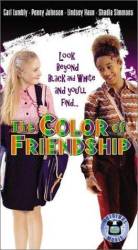
Factual error: In the final scene when Mahree returns to the farm, the car arriving at the farmhouse has the newer, yellow number plates. During the 1970s, South African vehicle number plates were white text on a black background. Transvaal province was the first to use the new black on yellow plates in 1978.

Factual error: In the sword fight between Hamlet and Laertes at the end, both characters are wearing jackets of the kind only used in foil fencing, to differentiate between a hit on target and a hit off target. The line in the script is "These foils have all a length?" but the weapons they hold are actually epees - which have a different target and different rules. Laertes' jacket is not properly done up, and he should have been penalised by the referee for removing his mask without permission. And a fencing piste should be 14 metres long - the one in this film is much too short.
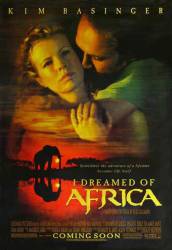
Factual error: Basinger's husband (Vincent Perez) is wounded by a buffalo while hunting. Not yet completely recovered, Perez come out his house in the savannah limping with a gun in his hand. He says to a worried Basinger, (more or less... I saw the Italian version): "I go and kill that buffalo, before he attacks someone else!" That sentence is absolutely ridiculous (as the whole movie!): 1) In Kenya there are thousands and thousands of buffalos, undistinguishable, how can Perez find his particular buffalo? 2) In spite of his harmless look, buffalo is surely the most dangerous animal in Africa! Attacking men is in the nature of every buffalo. Will Perez shoot all buffalos in East Africa?
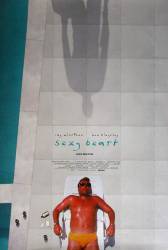
Factual error: The team are shown using bare, wet hands to drill through and handle rough, steel reinforced concrete. Without gloves on, the skin on their hands would have been shredded and bleeding in a very short time.
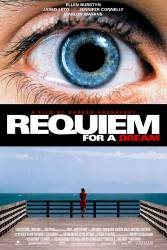
Factual error: When Marion picks up the phone to call to score a hit, the number she should dial is 934 8777. However, listen to the pitches of the keys she dials. The pattern should sound like: EECDCCC. The pattern she dials is: DCDEDDD. She is clearly not dialing 934 8777. (01:16:25)
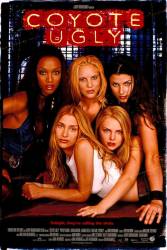
Factual error: In the scene where Violet gets her tapes back outside her apartment, she looks at an envelope with HER name as the sending address and the company as the return address. This is possible, however, the envelope would not be stamped "unsolicited mail" if it was re-packaged by the company. An unsolicited stamp would be there, like all the other envelopes, if it was being returned to her in the original envelope, with her name as the RETURN address, instead of the sending address. (01:19:25)

Factual error: When Novalee is locked inside Wal-mart during a storm she looks out the front. Water is streaming down the front doors. The problem with this is that the doors of the Wal-mart are very far under an awning and would never see that sort of rain. The awning is shown a minute or so before and is a standard Wal-mart feature. (00:16:45)
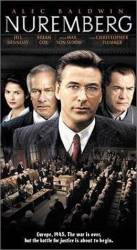
Factual error: One of the cars featured at the end of the film is an Alvis TA21, which only entered production in 1950, several years after the Nuremberg Trials.

Factual error: John Grady Cole's father says that the last time he spoke with Cole's mother was in San Diego in 1942. His lighter has a 3rd Infantry Division badge which means he fought in the European theater of WW2, not the Pacific Theater.
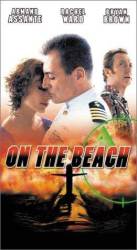
Factual error: Capt. Towers (4 rings on his shoulder) would be addressed as Captain, not Commander. And when he was promoted to Admiral he never displayed that rank.
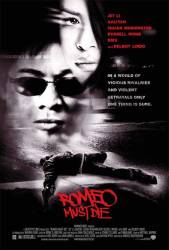
Factual error: Apparently, Han escapes from a prison in Hong Kong. Then why are the guards speaking Mandarin, which is spoken in China and Taiwan? The guards should have been speaking in Cantonese, which is Hong Kong's dialect. This was probably to convenience Jet Li, who speaks Mandarin but probably little Cantonese.
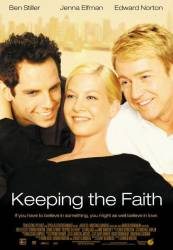
Factual error: Prior to the Yom Kippur sermon where Rabbi Stiller is asking for forgiveness for not revealing his relationship, the cantor sing the Kol Nidrei prayer, which is only sung once a year on Yom Kippur eve. Totally obvious mistake to anyone who knows anything about Judaism. Clearly Stiller and the script writers do not.

Factual error: At the beginning of the movie, when we see the hero wandering the empty streets of south Tel-Aviv, the sharp front tip of a modern scooter can be seen behind the street corner. The movie takes place in 1973, when the only scooters were Piaggio Vespa, which have a distinct round front wheel cover.
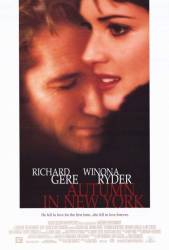
Factual error: During the multiple hospital scenes, the doctors direct their updates to Will, ignoring the closest family member, her grandmother. Will's relationship with Charlotte is not even a year old. No hospitals or doctors would ever discuss this condition with anyone outside the immediate family, including and especially the Cleveland Clinic.
Suggested correction: The film was set after the Chinese takeover of Hong Kong so the official language of Hong Kong is now Mandarin as it is in the rest of China.
The principal language of Hong Kong is standard Cantonese, spoken by 88.9% of the population at home daily. As an official language, it is used in education, broadcasting, government administration, legislation and judiciary, as well as for daily communication. As a result of its predominance throughout the community, Cantonese is virtually the exclusive language of official discourse at all levels of the executive, legislature and courts of Hong Kong. Mandarin has increased since 97 but still not the official language.
The official language of Hong Kong is "Chinese." Cantonese is a dialect of Chinese, and not a separately set official language of Hong Kong. While many people communicate in their local dialects, it's not unreasonable to assume they could also be communicating in Mandarin, especially government officials, and especially if they are law enforcement. Not a plot hole or a mistake here.